The loopback adapter is one of the most essential tools for experts in the field of network testing and troubleshooting in terms of emulating specific network environments and identifying faults. This type of virtual network adapter allows testers to check their network software without the need for a physical network, creating conditions for hardware and software testing of networking tools and applications. However, a virtual Loopback Adapter must be installed and configured first. This is critical not only to network administrators and IT specialists but also to developers of any network-related projects in terms of testing. This essay shall cover how to install and configure a loopback adapter such that the audience is equipped with all the knowledge and step-by-step procedures needed to optimize their network testing activities.
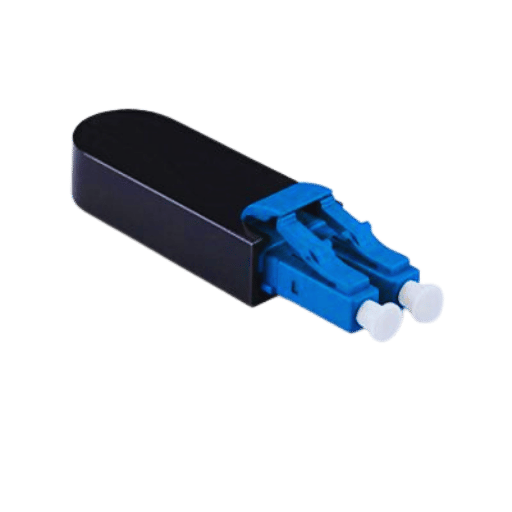
The loopback adapter would be defined as a software network interface redirecting the network traffic emanating from the network back to the same device. The loopback adapter, therefore, allows for the emulation of the network activity without necessarily constructing the network path. This especially comes in handy when testing the network applications where it assists in narrowing the scope of possible networking problems. In executing this functionality, a loopback adapter will commonly use address 127.0.0.1 or even just localhost. The use of a loopback adapter allows network administrators, for example, to test software functionality and resolve issues in a network stack quickly.
When considering loopback adapters, it is worth noting that they can be grouped into the following 2 classification of adapters, namely software loopback adapters and hardware loopback adaptations.
When these types are understood, it is possible for the network specialists to choose the type of loopback adapter suitable for their testing and development purpose requirements.
Loopback adapters are important in network testing because they provide a means of simulating network ores and testing for faults in the best fashion. These drafts are usually used in many aspects such as: It is common practice to utilize loopback adapters in software development when preparing system oriented networking applications.
With all these capabilities, loopback adapters can be employed strategically to further improve the testing of networks thus minimizing the time taken to resolve issues and increasing the reliability of the systems.
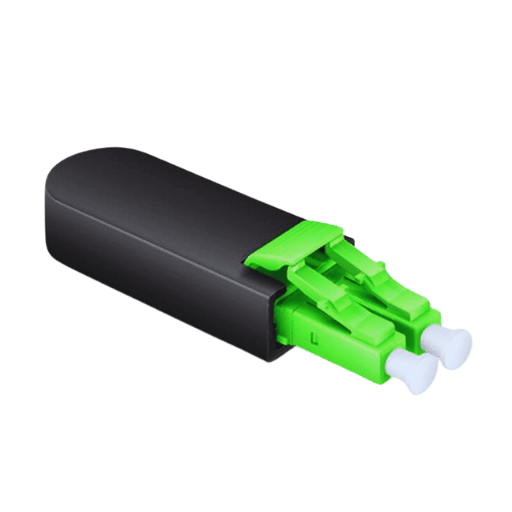
This procedure permits the installation of a loopback adapter, which can be used for different network test scenarios.
To get started with the installation of the Microsoft Loopback Adapter, the first step would be to open Device Manager on the Windows PC. On the next screen in the “Network adapters” category, click “Add legacy hardware” in the Action menu. Work your way through the wizard, selecting the option to select the hardware manually, and again select the option “Network adapters”. From the list of manufacturers, click “Microsoft” and select “Microsoft KM-TEST Loopback Adapter.” Following the prompts complete the installation and restart the computer if requested to do so. Therefore, this adapter is important to generate and test virtual connections over the network.
To set up the parameters of the Microsoft Loopback Adapter, please do as follows :
Network Connections: First go to Control Panel then select “Network and Internet” and then click the option “Network Connections”. Or you will be able to access it by typing ncpa.cpl in the run dialog (Win + R).
Locate the Loopback Adapter: In the connection list, look for “Microsoft KM-TEST Loopback Adapter.”
Open Properties: With the left mouse button click the Loopback Adapter, then choose Properties.
Configure TCP/IP Settings: After you click on the Properties button, in that window, locate Internet Protocol Version 4 (TCP/IPv4) entry, highlight it, and hit the button Properties. Here you will be able either to define a static IP or to switch on DHCP.
Save Settings: Press the button “OK” in order to save the modifications done and also close the properties window.
Testing Connectivity: In order to test the configuration, the most widely used method is to open the Command Prompt and ping the loopback address (p145ping 127.0.0.1)or ping out any of the assigned IP addresses to confirm that the adapter is well put and working.
Getting to configure the loopback adapter well helps test network applications properly. This allows developers, as well as IT personnel, to perform sufficient network tests without requiring the use of actual network hardware.
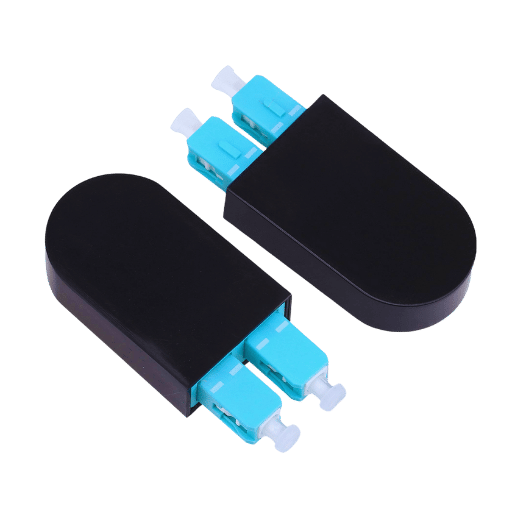
A fiber optic loopback adapter is required for more effective function testing of fiber optic networks by looping the signals back to the transmitter. This makes it easier for engineers to test the transceiver and whether the fiber link works or not. The adapter can also be used to carry out loss measurements, investigate the behavior of optical systems and connections, or check the continuity of the network connections. Working with a loopback adapter closes the loop in that the network professional determines that the transmitter and the receiver are in a working state, thus effectively fault-finding and improving performance on the network.
Fiber optic loopback adapters are a useful network tool when it comes to testing and diagnostics. They allow the system to more accurately evaluate performance as it provides continuity of transmission of signals when checking for any faults within the system. In addition, the use of loopback adapters reduces the time taken to resolve issues within a network as they allow the technician to pinpoint the fault from the network without making extra connections or changes to the invite. Furthermore, these adapters also help to improve measurement, which helps in ascertaining the amount of light lost and thus assures compliance with the standard designing of the network. Lastly, the fact that the equipment is simple and cheap makes it hard to do without even for network engineers and IT professionals to assist them in managing the network effectively and reliably.
When it comes to fiber optic loopback adapters, they are further distinguished as connecting distinct attributes revolving around the fiber-optic cable used in the network. Multimode loopback adapters are associated with multimode fibers, characterized by a larger core diameter, which allows simultaneous transmission of several modes of light. This kind of fiber is generally used in short-distance applications like that of the data center, where the signal is a little impaired. On the other hand, single-mode loopback adapters are meant for single-mode fibers, which are comparatively narrow in core diameters and allow only light to be transmitted in one mode, which is also suitable over long spans. Long haul single mode adapters are therefore suitable for long-distance communication that incorporates enlarged bandwidth and minimizes distortion and spread. It is sufficiently acknowledged that, in order to ensure the most effective cleaning up of the network and complete testing on the fiber optic systems, it is essential to use the appropriate loopback adapter for the corresponding fiber type.
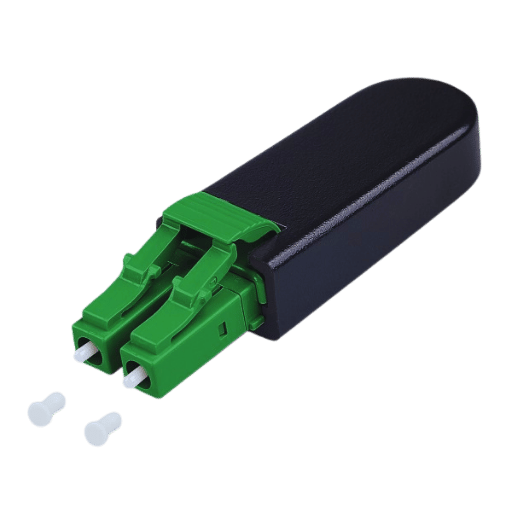
In order to troubleshoot network cables with the help of a loopback adapter, please proceed as follows:
Such a simple structure allows obtaining an assessment of the quality and operating conditions of the cables.
The process of troubleshooting a network using a loopback adapter follows five different stages in order to effectively detect and rectify faults in the network. To begin with, it is important to connect the adapter in such a way that it loops back the signal to the incoming port of the network device. After this, diagnostic tools are used to determine the functionality of the model in terms of communication, this is done using some diagnostic tools. This exercise will assist in identifying problems with dead ports, ports that have been misconfigured, or cables broken. Then check the analysis for results including latency, throughput and packet loss, each of them should perform as anticipated. In the case of the presence of such discrepancies, it is prudent to test each network element in turn until the problem is located. The physical record of these diagnoses assists in keeping track of how the network has been performing and how such performance can be improved.
Therefore, there are some tools and equipment necessary for effective diagnostics and evaluation of loopback network test as any other form of testing.
Employing these tools and equipment in the right manner contributes immensely to the precision and speed of loopback network testing, providing solutions to network technicians in a fast manner.
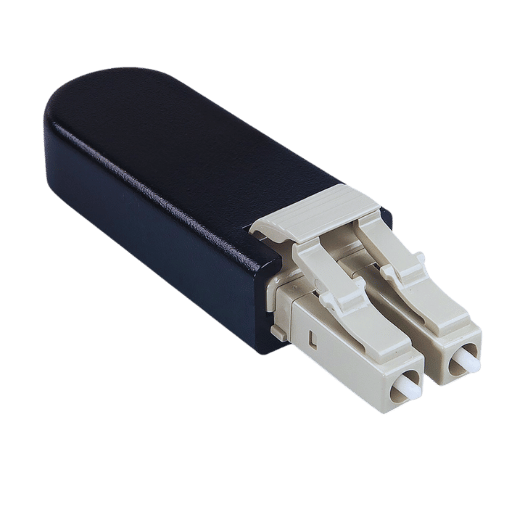
For better debugging of issues and problems in the loopback adapter, it is best to follow these orderly steps:
Network professionals are able to track down and fix problems relating to loopback adapters in no time by the techniques discussed above thus restoring the services and thereby improving network diagnosis.
The following is a definitive guide on how to enable and configure virtual loopback adapters in a few easy clicks:
Users can successfully activate and set up multiple virtual loopback adapters for different networking tasks and development purposes by following the steps given in the document.
A: A Loopback Adapter is a device which helps to carry out a diagnostic check of the operation of the network ports by sending external signals to the internal loop whereby it reroutes it off line for the purpose of testing.
A: To install and configure a Loopback Adapter you have to first put the rj45 connector into the network card then you set up the operating system network configuration to have that loopback device for network testing.
A: The most common types of connectors used for Loopback Adapters are rj45 and lc connectors. The rj45-loopback is an effective and simpler interface since it is almost compatible with all gadgets.
A: Yes, there is no problem with the use Of loopback cables of high quality with gigabit network testing. With a suitable loopback adapter as well as cables which support insane speed then gigabit testing will yield very accurate results.
A. After you have properly attached the loopback adapter to the network card, use any network diagnostic tools or a network tester to evaluate the performance of a test network that has been created.
A: Indeed, a Loopback Adapter can be integrated into the setups of virtual machines so as to create controlled network environment and configure networks without having to use a physical network/switch.
A: The utilization of a Loopback Adapter offers a number of advantages, such as that of carrying out secure line testing, or resolving the internal structure of a network without the need to attach any peripheral device, or building and dismantling any boring and dummy networks for testing purposes.
A: An RJ45 loopback is a piece of equipment which one employs to connect an rj45 device in such a manner that the device receives the same signal that it sends. This should be done between among suspected rj45 network devices to troubleshoot rj45 network cables.
A: Of course, Networx® Loopback Adapters are quite reliable and very good quality in design therefore, they can be used for many kinds of network tests.
A: There are two things that you need to check in order to make sure that your Loopback Adapter is securely connected, First, confirm that the plug has been rotated in and firmly socketed into the network card. Second, go to your computer’s network settings and check if the device is recognized.